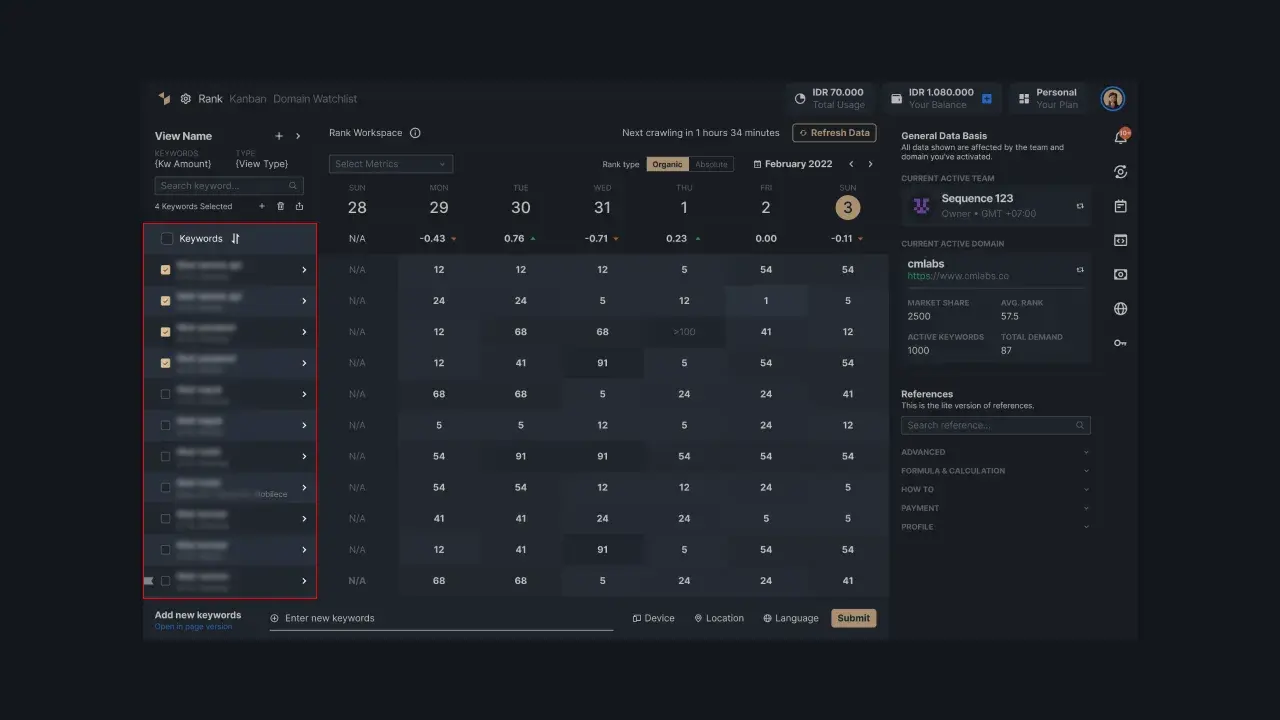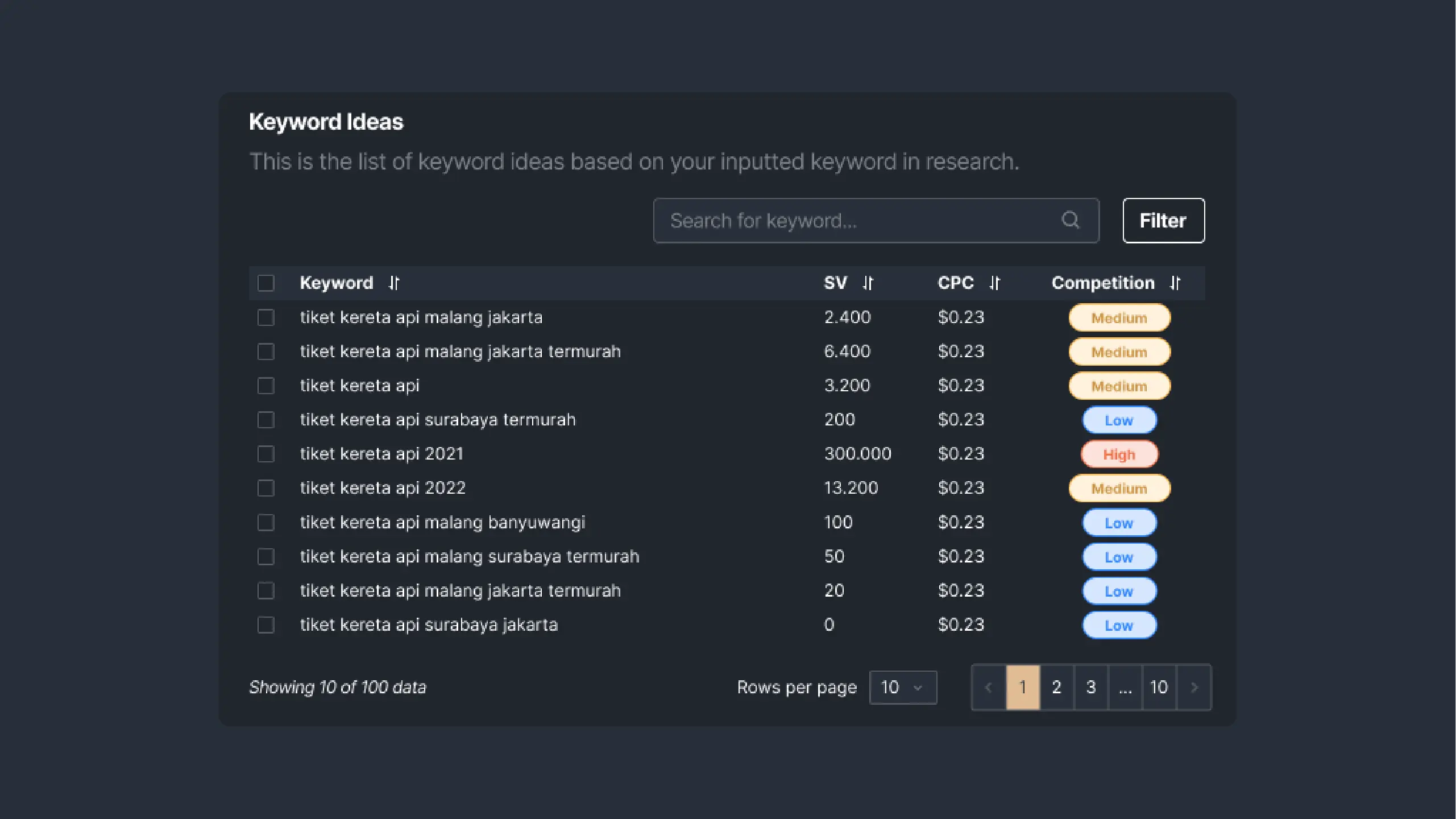Navigational Keyword: Definition, Usage, and How to Optimize
Navigational keywords, a unique category in the keyword types, are often overlooked but can be incredibly powerful when leveraged correctly. In this article, we will explore what navigational keywords are, how they are used, and provide tips on how to optimize them for maximum benefit.
Definition of Navigational Keywords
Navigational keywords are a specific type of search query used by internet users to find a particular website or web page. These keywords are highly focused and are often employed when individuals already have a specific destination in mind.
Users use navigational keywords when they intend to navigate directly to a specific website rather than searching for general information or products.
For instance, someone searching for "Facebook login," "Amazon Prime," or "YouTube" is using navigational keywords. Their intention is clear: they want to access these websites directly without sifting through search results.
Characteristics of Navigational Keywords
Navigational keywords typically exhibit the following characteristics:
- High Specificity: They are highly specific and often include the brand or website name.
- Low Search Volume: Navigational keywords usually have lower search volumes since they are designed for a specific destination.
- Strong User Intent: Users employing navigational keywords already have a clear intent to visit a particular website.
Usage of Navigational Keywords
Navigational keywords play a significant role in SEO and digital marketing strategies:
1. Brand Visibility
For businesses and website owners, optimizing for navigational keywords is crucial for brand visibility. When users search for a brand name, it's essential that the official website appears at the top of the search results. This helps to establish trust and direct traffic to the correct destination.
2. User Experience
Nailing navigational keywords ensures a smooth user experience. Users can effortlessly find the website they are looking for, enhancing the overall user experience and reducing frustration.
3. Competitor Defensiveness
Competitors might also bid on your brand's navigational keywords in pay-per-click (PPC) advertising campaigns. By optimizing for these keywords, you can maintain control over your brand's online presence and minimize the chances of losing potential customers to competitors.
How to Optimize for Navigational Keywords
Using navigational keywords properly on a website involves optimizing your web presence to ensure that users can easily find and navigate to the specific pages or sections they are searching for. Here's how to do it:
1. Clear Site Structure
Organize your website's structure logically, making it easy for users to navigate. Ensure that key pages, such as the homepage, contact page, product pages, or login sections, are readily accessible.
2. Keyword Placement
Incorporate navigational keywords in your website's content, but do so naturally. Include them in headings, menus, and links. For instance, use "Home" for your homepage, "Login" for your login page, and "Contact Us" for your contact page.
3. Optimize Meta Tags
Optimize meta titles and descriptions to include navigational keywords. These elements are often displayed in search engine results, making them essential for guiding users to the right page.
4. Breadcrumbs
Implement breadcrumbs on your site, which are navigational aids that display the user's location on your website. This helps users navigate and reinforces the relevance of navigational keywords.
5. URL Structure
Make sure your URL structure is clean and intuitive. Use navigational keywords in URLs to indicate the content of the page. For example, "example.com/login" is clear and user-friendly.
6. Site Search
Include a site search function, so users can quickly find the content they are looking for if they don't immediately see the navigational links they need.
7. Internal Linking
Use internal links to connect related pages. This can improve user navigation and guide them to relevant content.
8. Consistent Branding
Maintain consistent branding and design across your site. Users should easily recognize your website as the official destination for their search.
9. Monitor and Analyze
Regularly monitor your website's performance using analytics tools, such as Sequence Stats. You can check whether your branded keyword with navigational intent is indexed right or not. You can use the Sequence Stats Rank Dashboard to check all your targeted keywords.
 |
|---|
| Image 1 - Rank Dashboard in Sequence Stats |
Or, if you like to check whether your navigational keywords have demands, use Keyword Ideas to tell you the data.
 |
|---|
| Image 2 - Keyword Ideas in Sequence Stats |
This way, you will always informed without needing to do it manually.
By implementing these strategies, you can ensure that your website effectively uses navigational keywords to guide users to the specific pages or sections they seek, creating a positive user experience and reinforcing your brand's online presence.
So, don’t hesitate to use Sequence Stats to help you manage all keywords and SEO tasks with your team. Register now to enjoy the free trial!